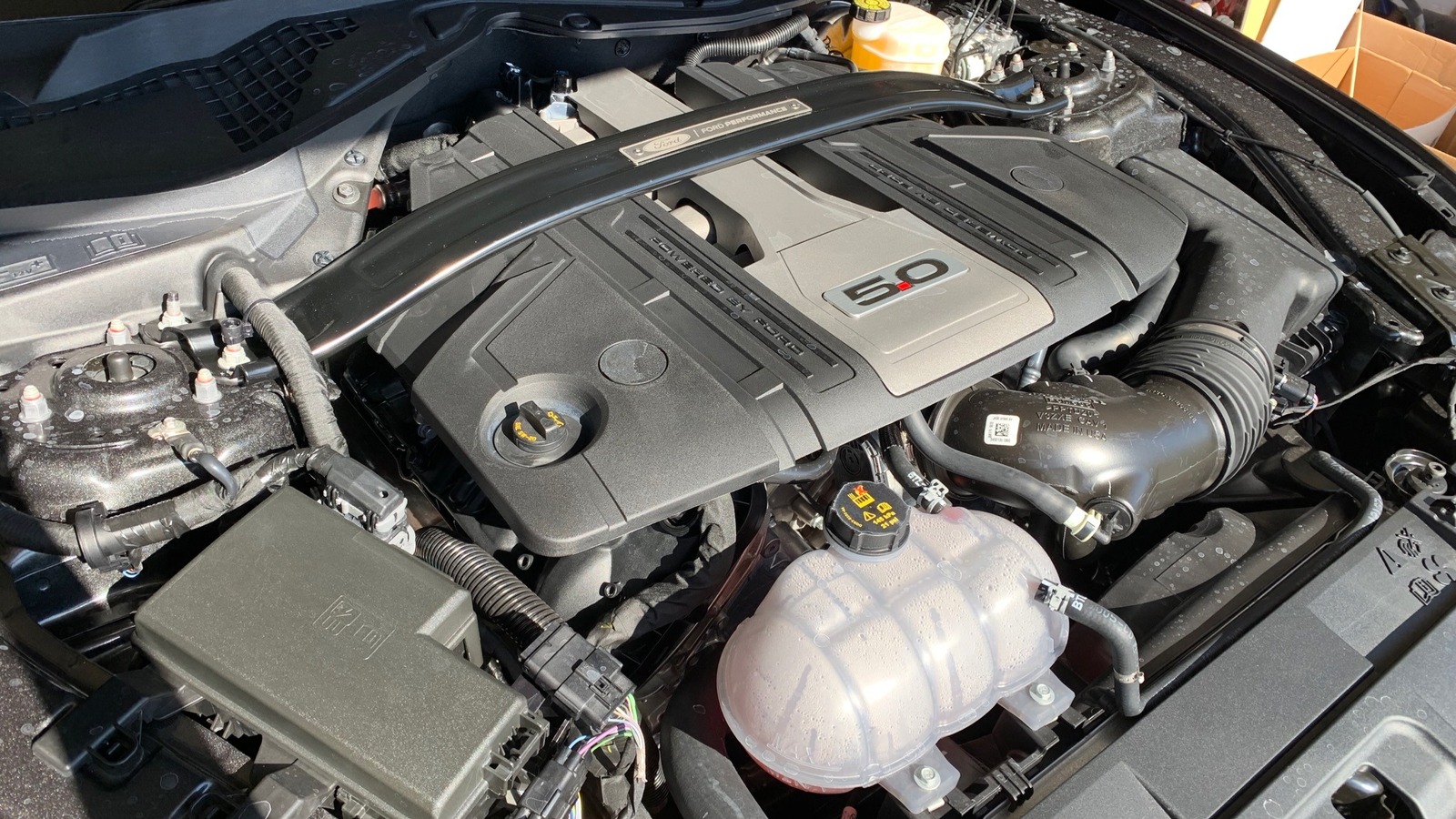
Like the majority of American-made V8 engines, the Ford 5.0 L Coyote V8 has a cross-plane crankshaft. With this design, four crank pins are offset by 90 degrees each, as there are two planes intersecting perpendicularly. Basically, what you see will look like an X or a cross, hence the name. The cross-plane crankshaft allows for there to be consecutive exhaust firings, creating that signature American engine revving sound, but this design also makes for a more balanced — if heavier — operation. While it’s beneficial for torque at lower speeds, the drawbacks are that it isn’t as efficient of an engine nor will the rev as fast.
When the 5.2 L Voodoo V8 came into the picture, Ford decided that this engine would have a flat-plane crankshaft instead. These tend to be the kinds of cranks you will find in Europe, particularly in European-made racing vehicles. While cross-plane crankshafts have their crank pins on two planes, a flat-plane crankshaft has them all aligned on one plane. Cross-plane crankshafts require a good deal of counterweights to balance out the two planes being used, but flat-plane crankshafts don’t require this, allowing for a much lighter engine that lets the vehicle rev up a lot faster and making it quite appealing to racers.
[Image by Navigator84 via Wikimedia Commons | Cropped and scaled | CC BY-SA 4.0]




